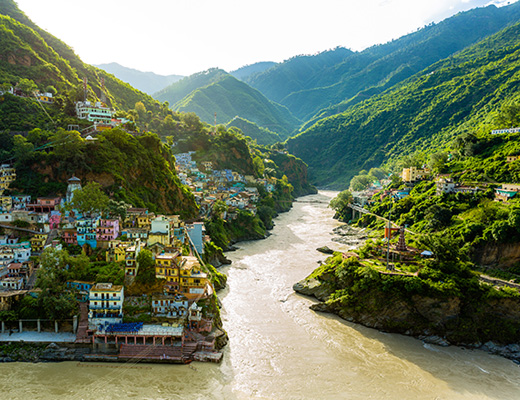
India, with its diverse landscapes and rich cultural heritage, is witnessing a significant rise in eco-tourism. As travelers increasingly seek sustainable and responsible travel options, the country’s natural resources, particularly water, play a pivotal role in shaping this burgeoning sector. Efficient water storage systems are not only essential for agricultural and urban needs but also crucial for enhancing eco-tourism experiences across various regions.
Impact on Eco-Tourism
Eco-tourism emphasizes conservation, community involvement, and sustainability. Water storage systems can significantly impact eco-tourism in several ways:
Sustaining Natural Habitats: Many eco-tourism destinations, such as wildlife sanctuaries and national parks, rely on healthy ecosystems that are directly dependent on water availability. Proper water storage solutions help maintain these ecosystems by ensuring adequate water supply throughout the year, supporting flora and fauna, and enhancing biodiversity. Tourists are drawn to areas that boast rich wildlife, which in turn relies on stable water sources.
Enhancing Visitor Experience: Many eco-tourism experiences, such as birdwatching, nature walks, and adventure sports, are tied to the natural environment, which is influenced by water availability. For instance, lakes, rivers, and waterfalls often become focal points for eco-tourism activities. By improving water storage and management, these natural attractions can remain vibrant and accessible, enriching the visitor experience.
Supporting Local Communities: Eco-tourism often involves engaging local communities in tourism activities. By improving water storage solutions, communities can ensure a reliable water supply for their households, agriculture, and tourism-related enterprises. This, in turn, allows local residents to offer services such as homestays, guided tours, and traditional crafts, providing a more authentic and immersive experience for tourists.
Promoting Sustainable Practices: The development of water storage systems can also encourage sustainable practices among both local communities and tourists. For instance, educational programs about rainwater harvesting and watershed management can be integrated into eco-tourism initiatives. Tourists can participate in these activities, fostering a sense of responsibility and awareness about water conservation.
Challenges and Solutions
Despite the clear benefits of water storage for eco-tourism, several challenges remain. Many regions still rely on outdated or inefficient systems, leading to water scarcity during peak tourist seasons. Additionally, the increasing pressure of tourism can strain local water resources if not managed properly.
To address these challenges, stakeholders must collaborate on innovative solutions. Government bodies, NGOs, and local communities can work together to implement sustainable water management practices. This could include investing in modern water storage infrastructure, promoting rainwater harvesting, and employing advanced techniques like desalination in coastal areas.
Moreover, eco-tourism operators can play a crucial role by adopting sustainable practices within their businesses. This includes using water-saving technologies, educating tourists about conservation, and supporting local water management initiatives.
Conclusion
As India’s eco-tourism sector continues to grow, the importance of efficient water storage systems cannot be overstated. These systems not only support the sustainability of natural ecosystems but also enhance the overall tourist experience and contribute to local community development. By prioritizing water management, India can ensure that its rich biodiversity and cultural heritage are preserved for future generations, while also meeting the demands of a thriving eco-tourism market. Embracing innovative water storage solutions will ultimately pave the way for a more sustainable and prosperous future for both the environment and the economy.


